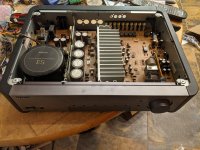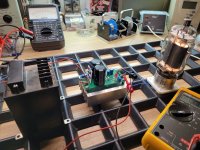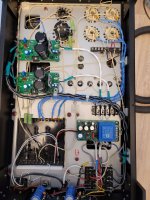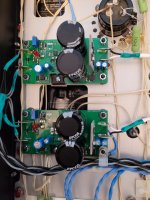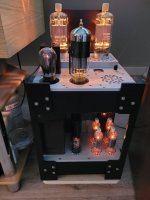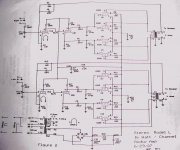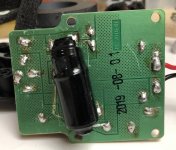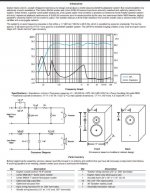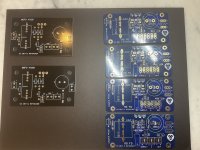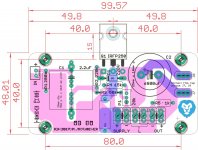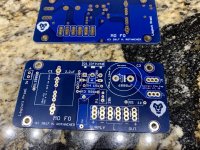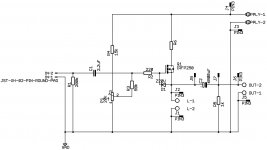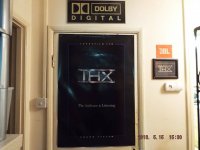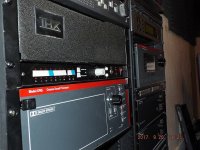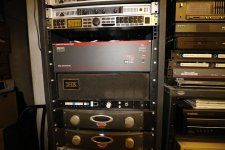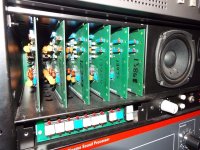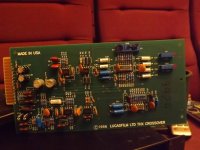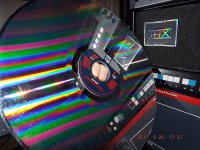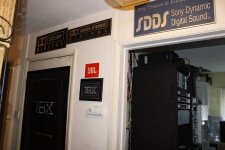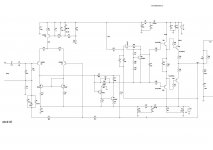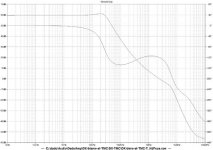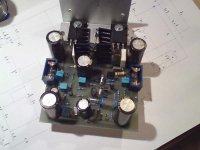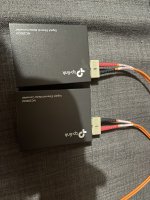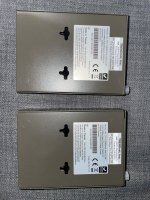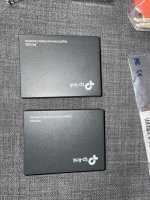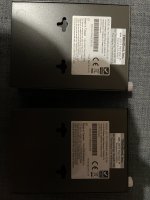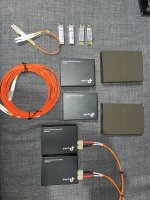There was a similar question 13 years ago, which got no replies, so I'm going to tell my story, and hopefully someone will take pity on me and engage with me.
I was getting some miscellaneous hums and pops in my UK 240V NAD 7020N (single main board, power amp supply on the speaker connector sub assembly), so I recapped most of the larger electrolytic caps, but during the process, I put C901 (1000uF, 35V) in backwards (I know, stupid). When it powered up, it blew one of D901 or D902 (not surprisingly). I did not have any BAV19s to hand, so I just grabbed a couple of matching diodes with apparently similar values, replaced C901 (again) and both diodes, and was very relieved to find the receiver powered up OK.
All was well for a couple of months (and was sounding good), but suddenly it started just humming on both channels rather than playing music.
When I opened it up again, and powered it on, it was clear that R901 (10R 1/2W) was burning. As this is the same part of the power system as the previous fix, I took out D901 and D902, and found one had failed shorted, and was feeding AC to the tuner.
As I had actually bought some BAV19s, I replaced D901, D902, and C901 again, and also R901.
This made the receiver work again, but I thought I'd put it on the bench for a while and soak test it while it was out.
After a couple of hours, a faint mains hum started, which proceeded to get louder and louder, and the volume dropped. Shortly after that, a sweet, rather sickly smell started to come from the transformer, and on feeling the transformer, it was quite hot (around 50C when I used a thermometer).
I checked all of the components I had changed again, but everything still seemed good.
I guess that the lacquer on the transformer or the coils was breaking down, and that something was shorting in the transformer. When I measured the AC voltages (after removing the DC fuses), I found that the AC to the power amp was only showing 22.1V AC on both halves compared to the centre tap (supposed to be +-29V DC after rectification and smoothing, and the AC to the pre- and feeded amp was showing 17 and 14V (suppose to be +29.13 and -23 after rectification and smoothing). The AC voltage to D901 and D902 is only 7.2V.
I believe the windings should be 35-0-35 and maybe 30-0-30, but I don't know what the supply to the receiver part should be. I guess from the value of the zener D903 (15V) that it should be 18-20V after rectification.
The service guide is no real help.
Something is screwy in the transformer (I always knew it was failing, because there was a faint mechanical hum for some time before the failure), but there are no 2nd hand parts around at the moment (not that old ones are likely to be much better). I was considering putting a toroidal in for the power amp, and doing something else for the other parts of the supply, but not having definitive values for the different circuits, I am unsure of what I can do.
What I really need is someone to confirm the AC voltages and power ratings on the transformer, so over to you, whoever reads this thread.
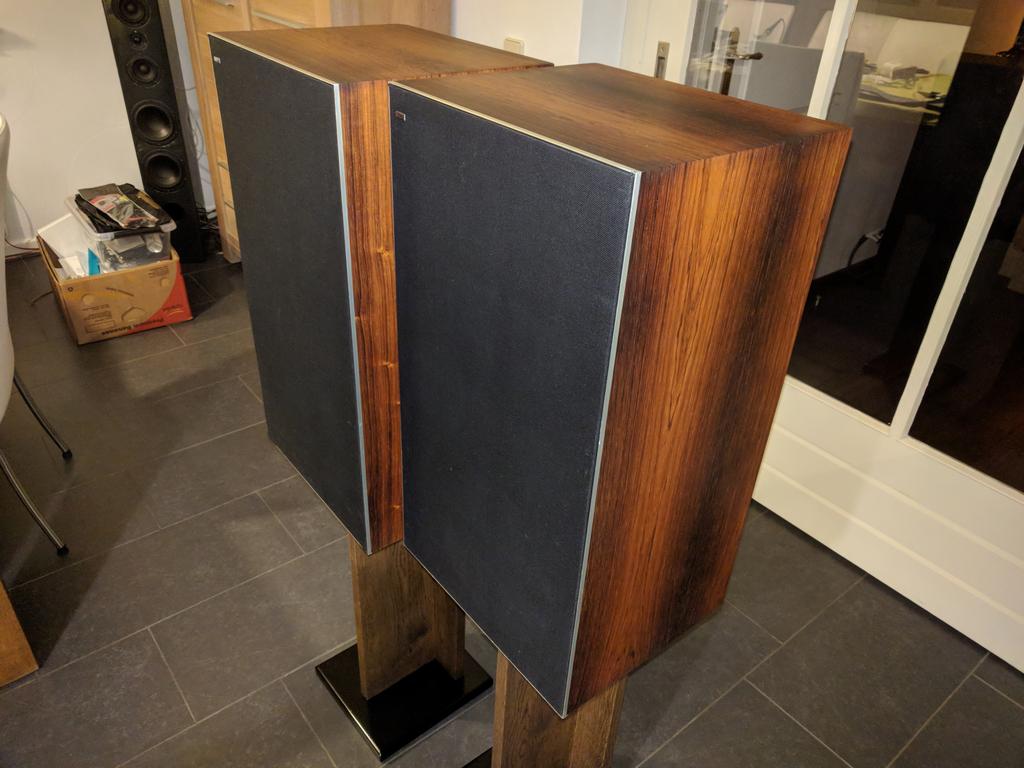
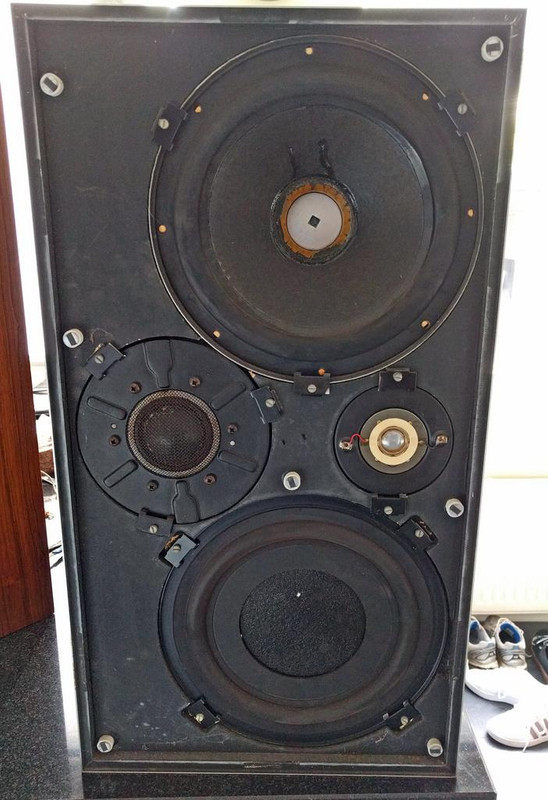
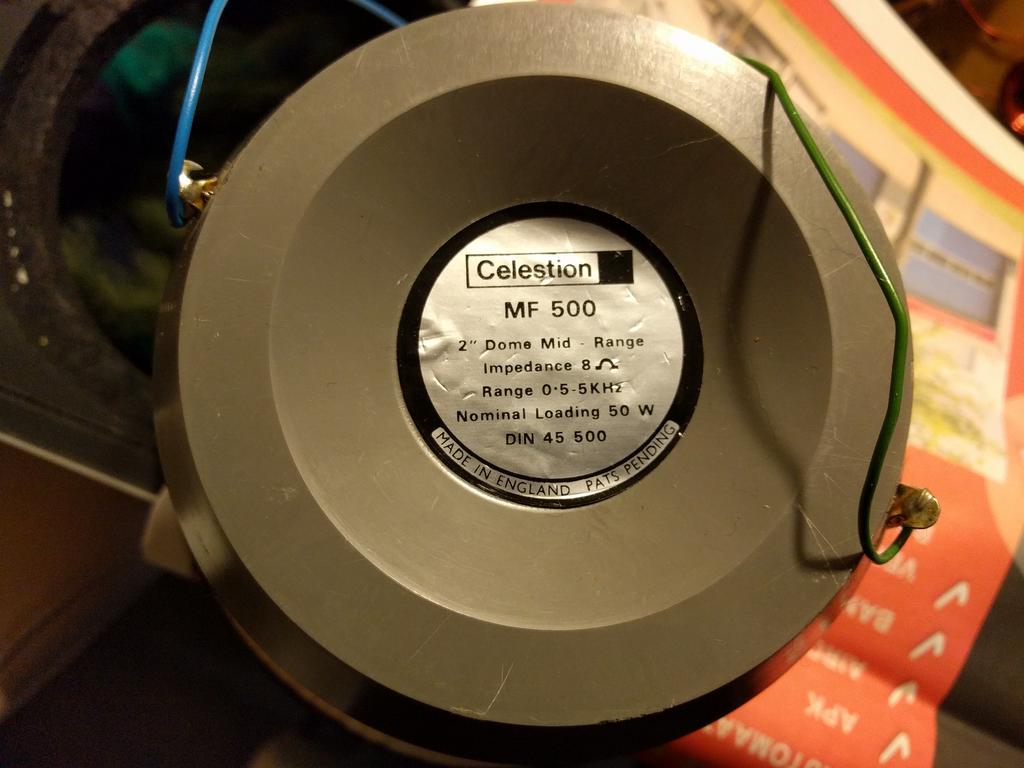
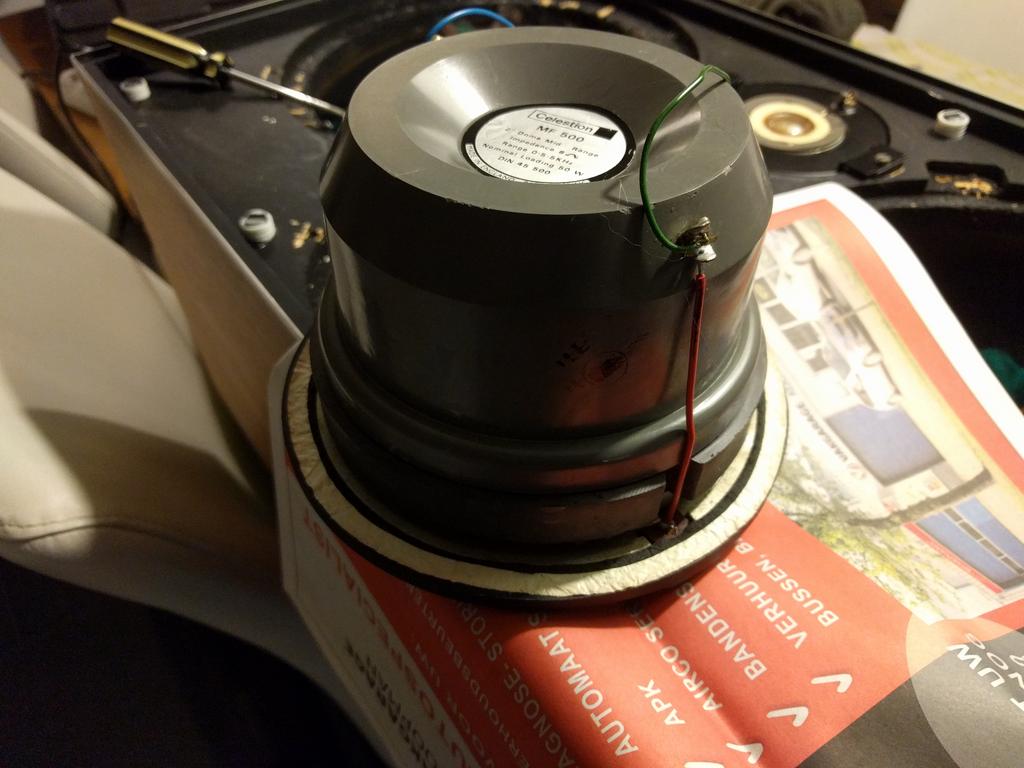
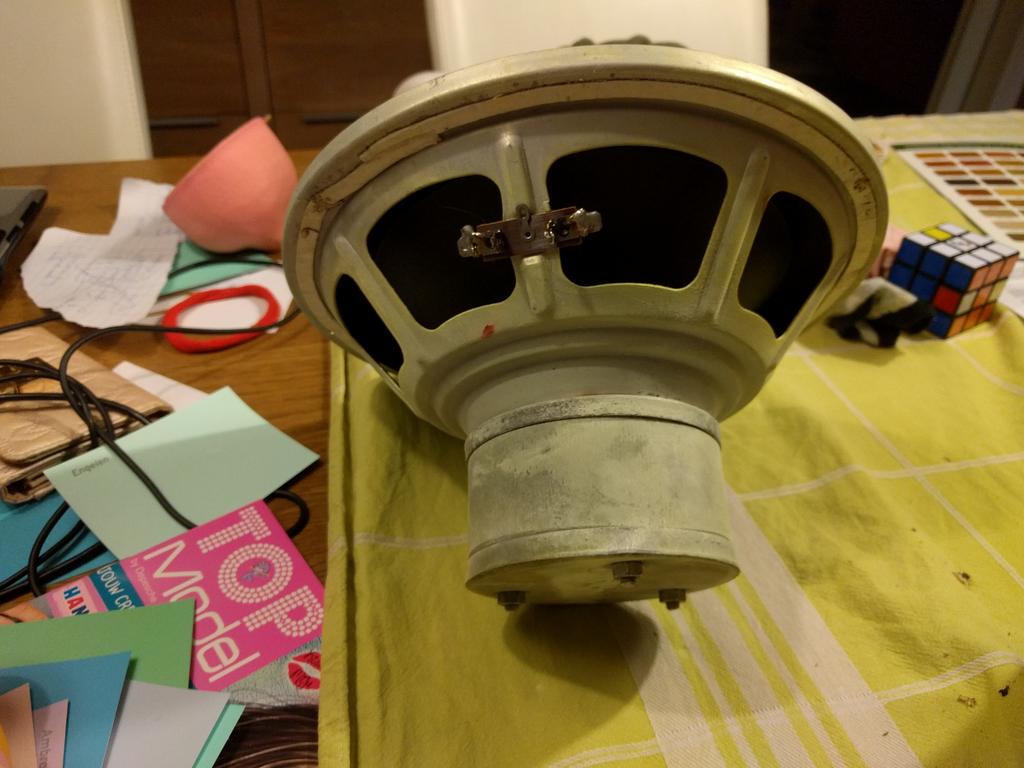
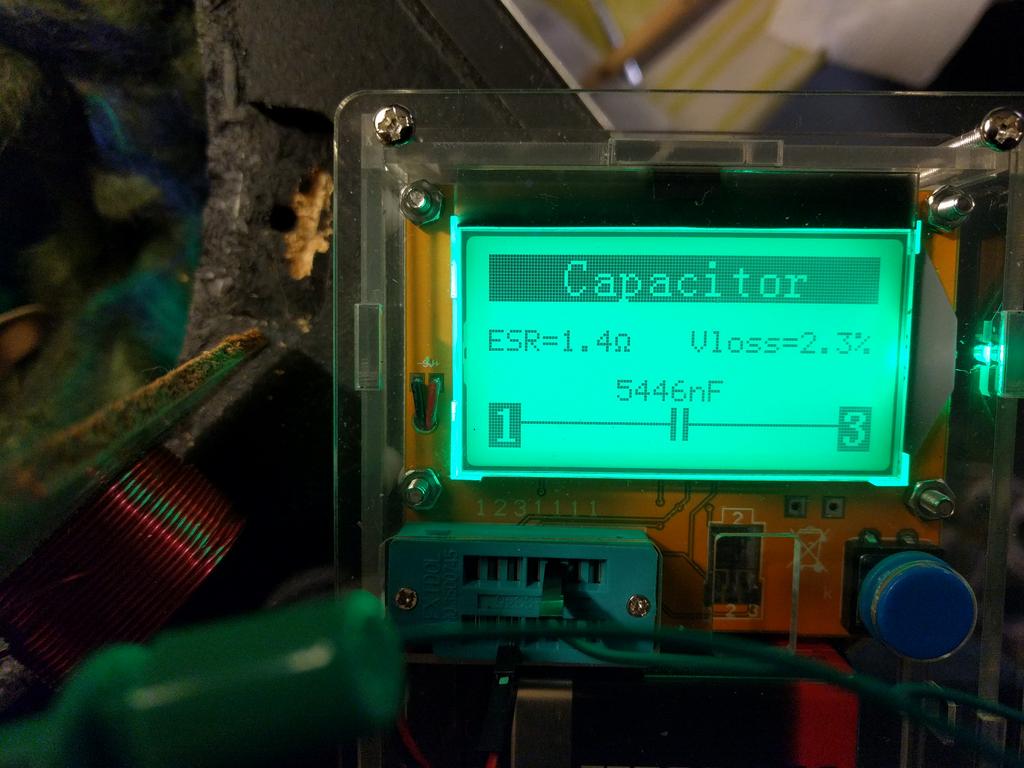
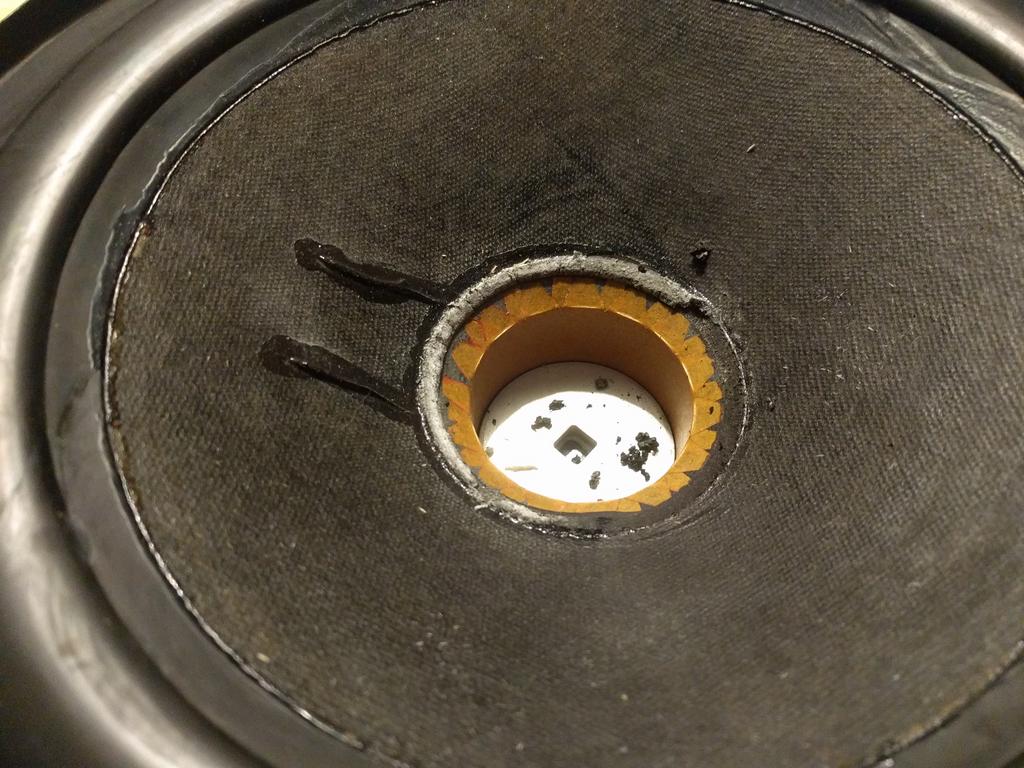
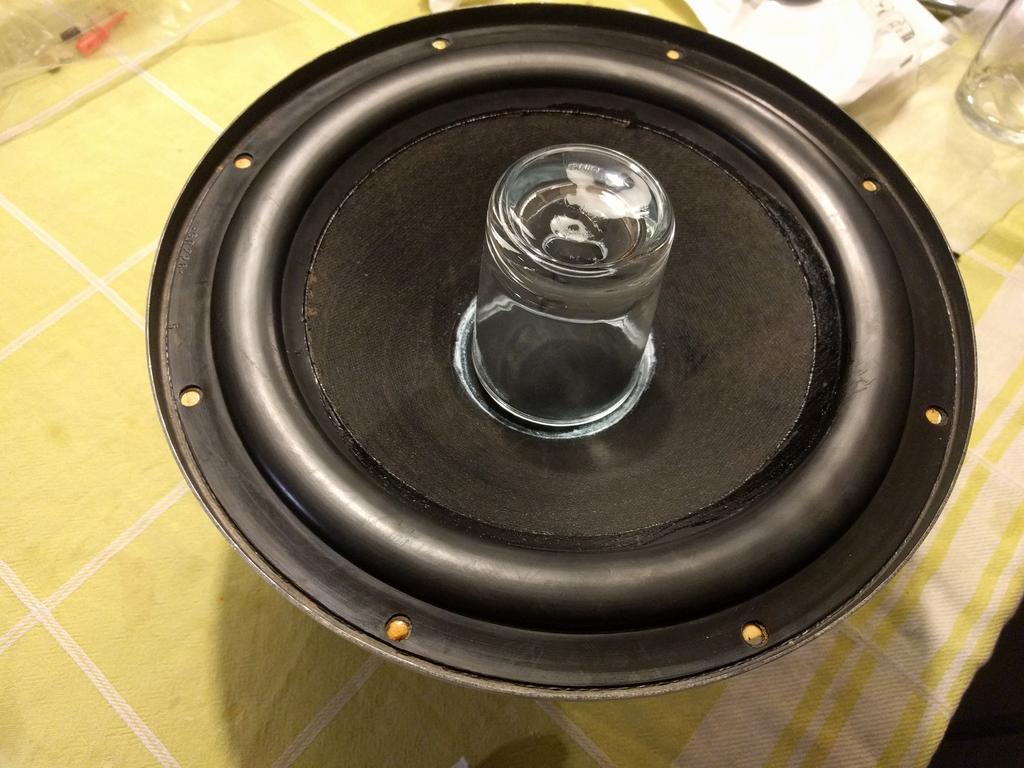
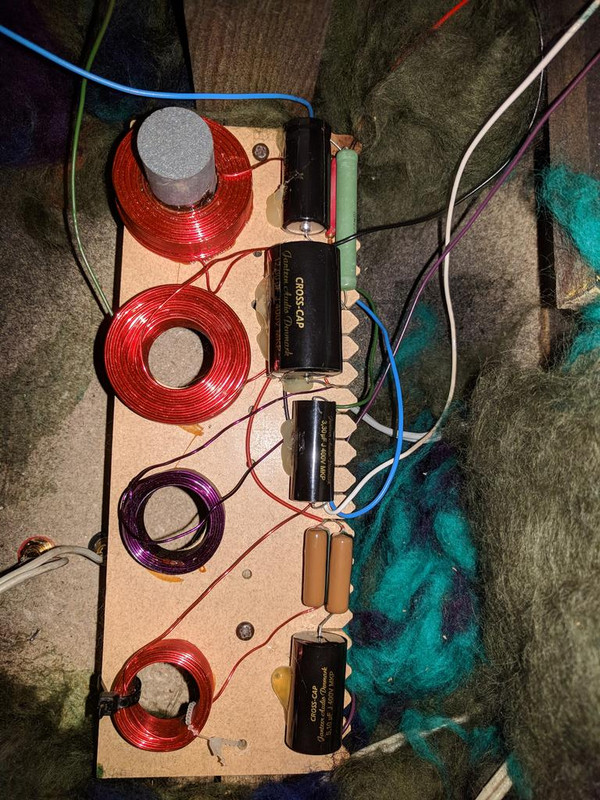
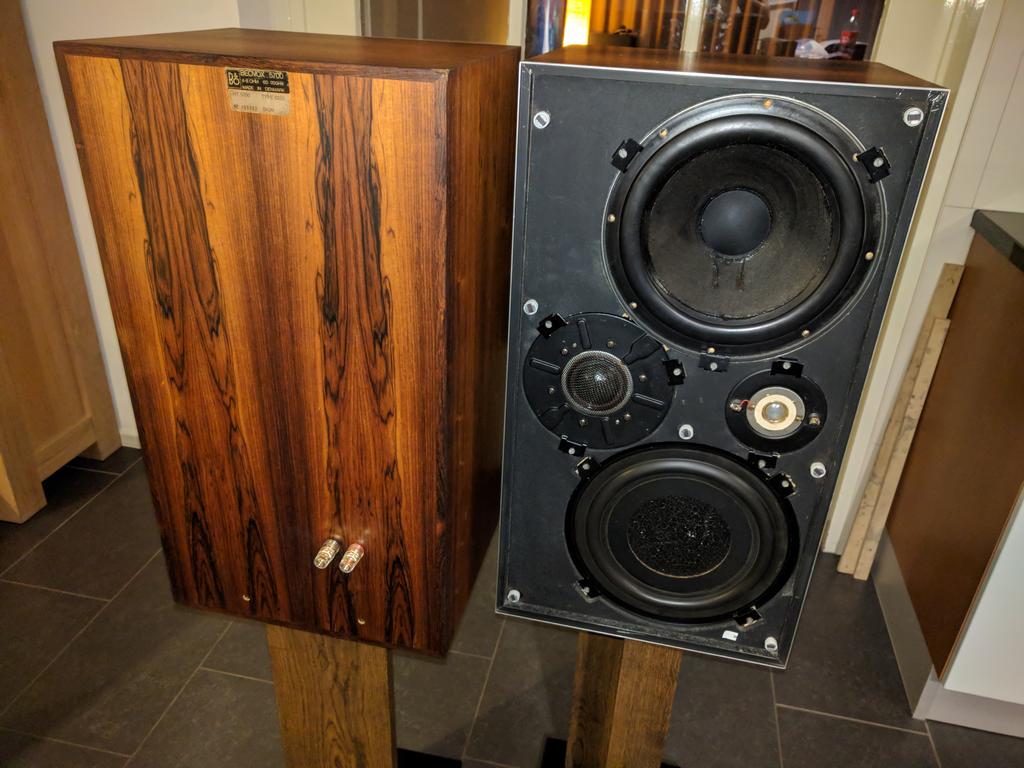
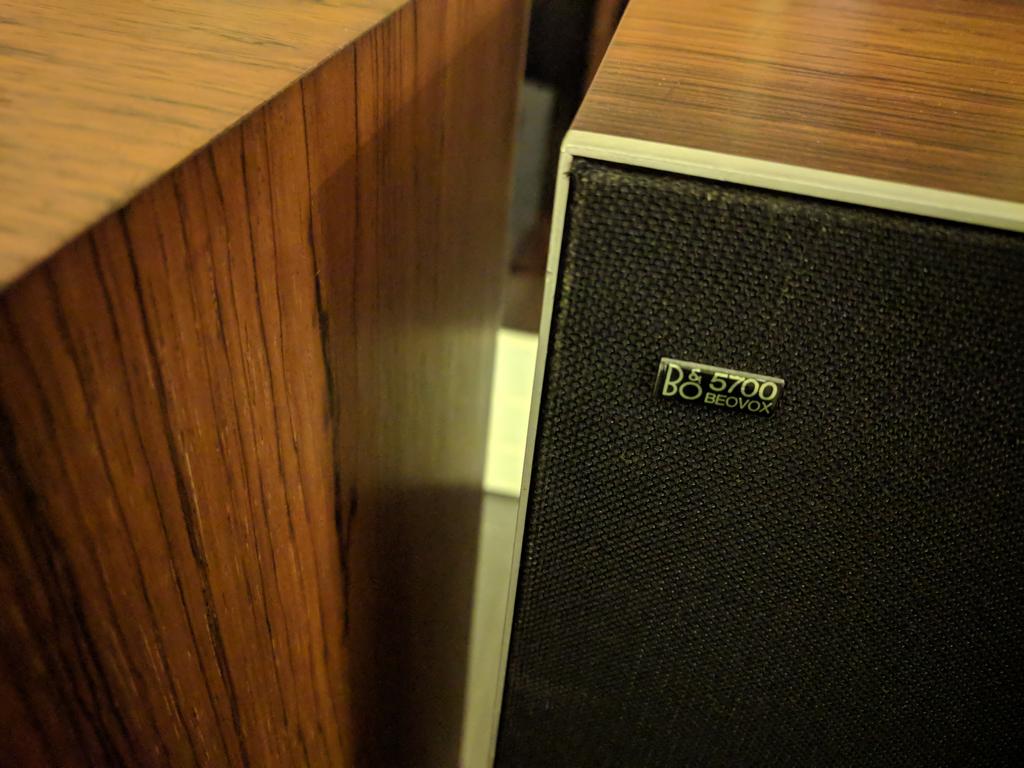
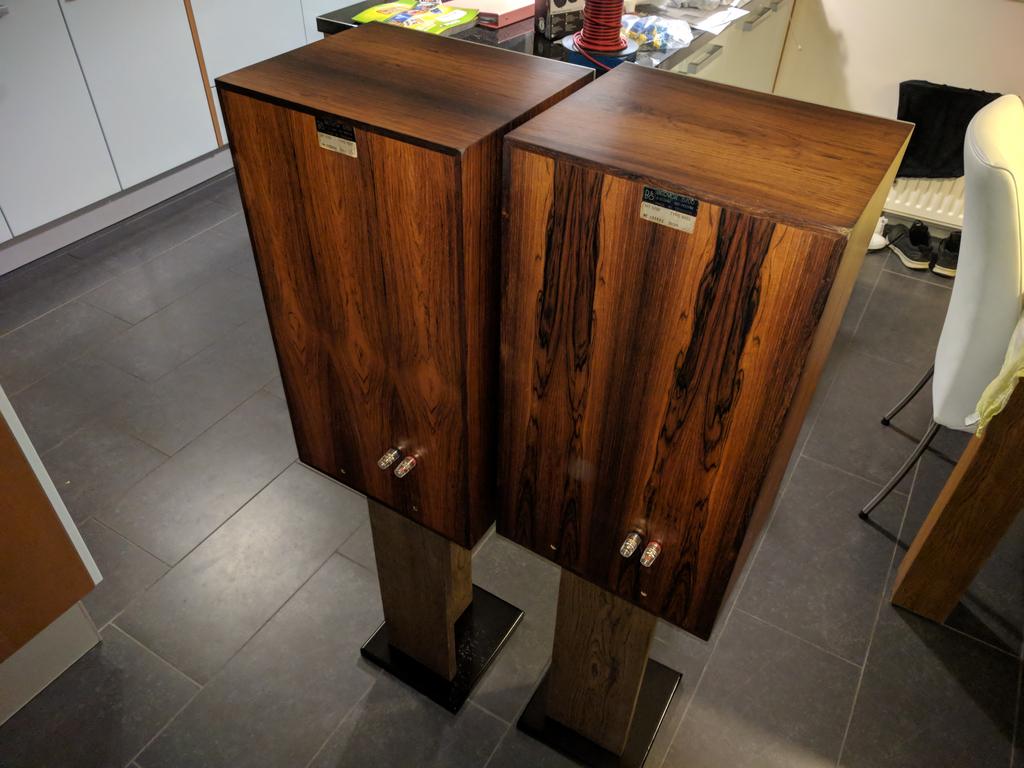
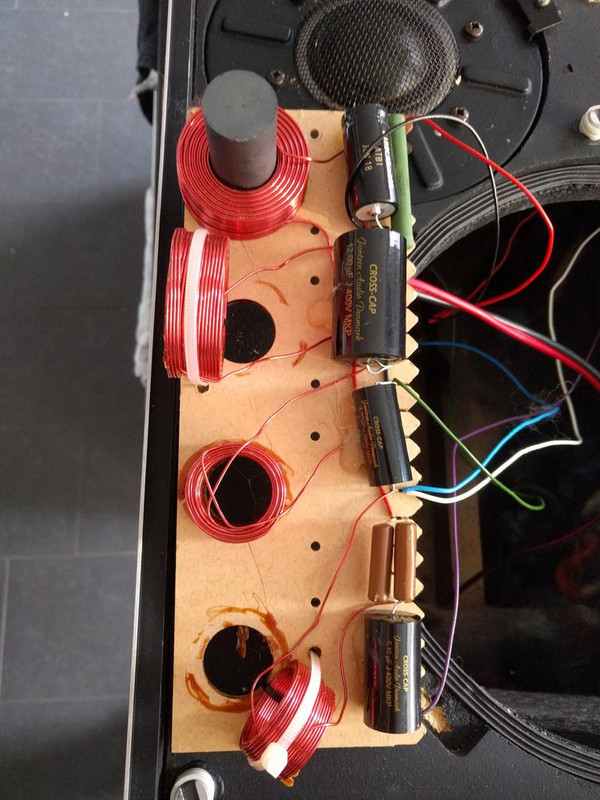
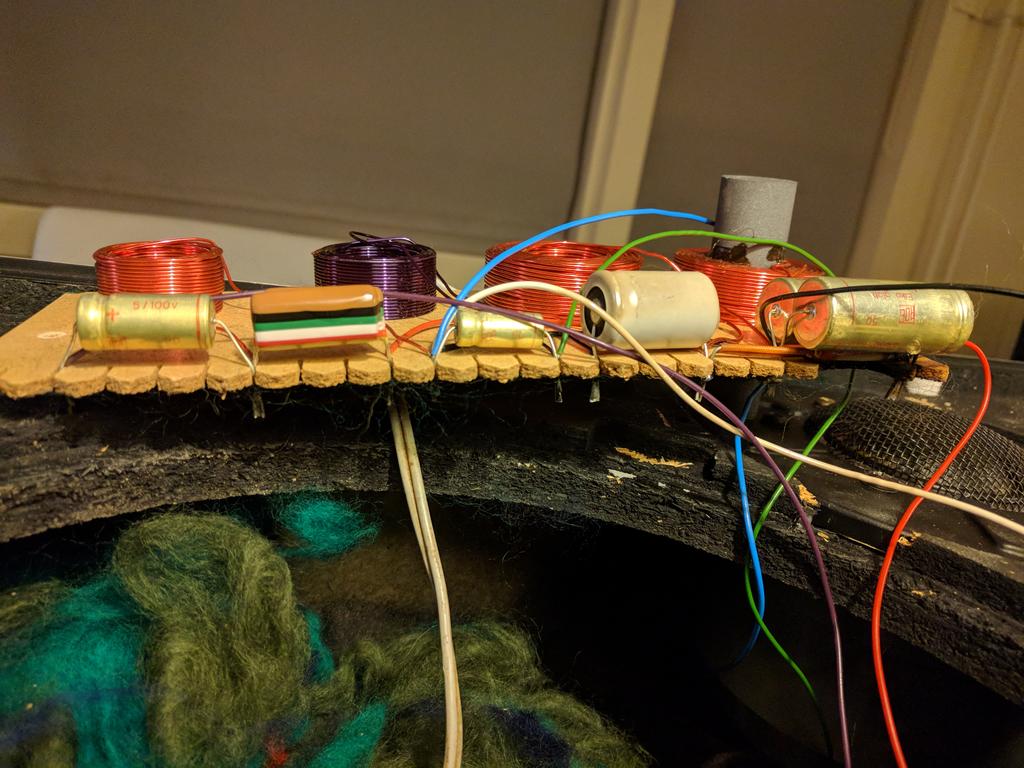
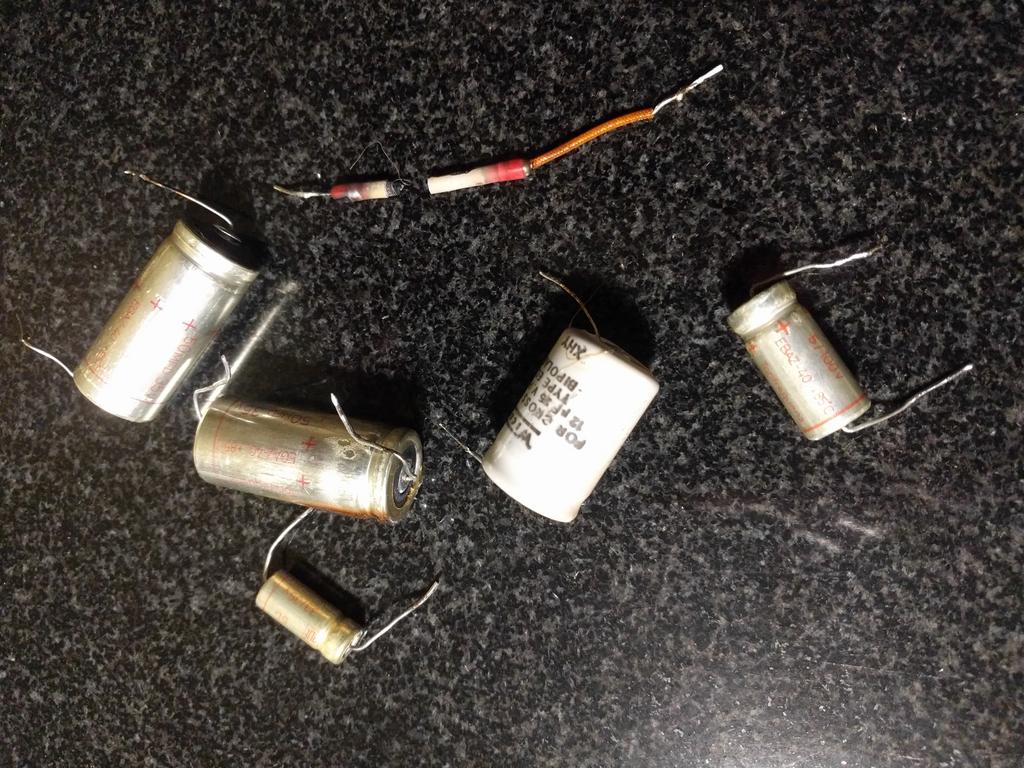

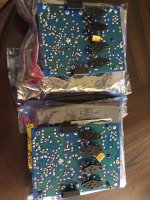
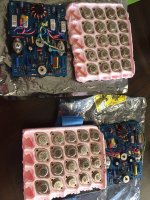
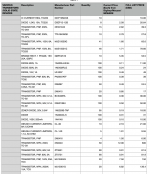
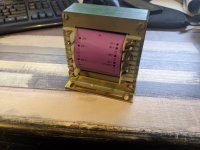
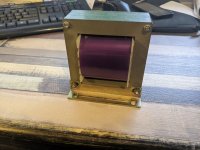

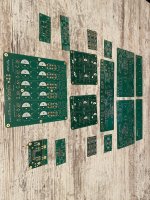
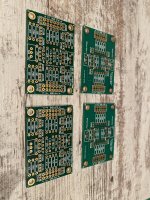

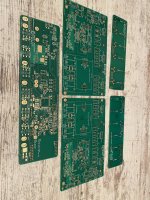
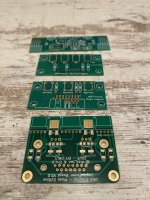
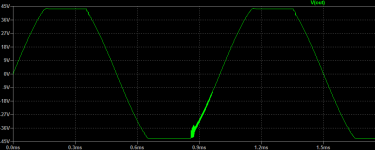
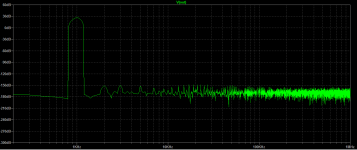
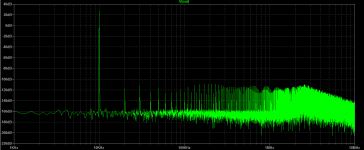
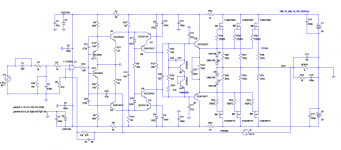
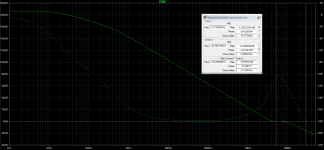
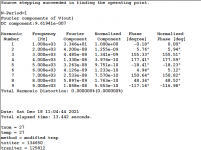
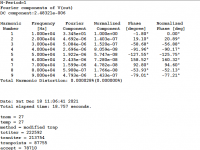

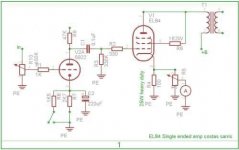
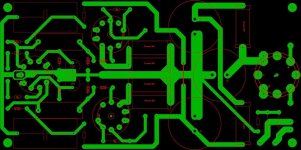

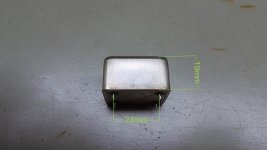
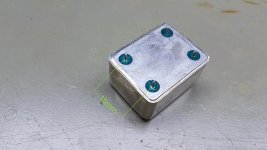
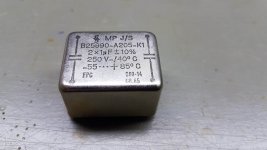
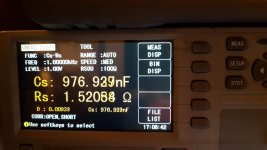
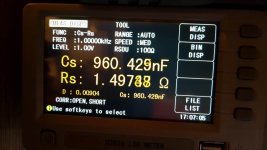
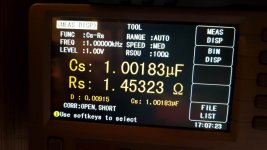
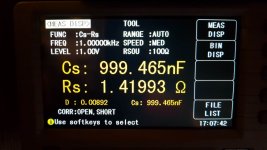
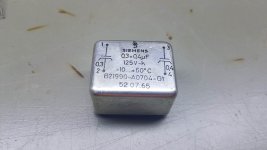
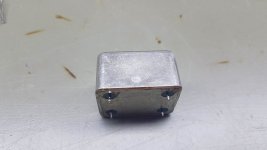
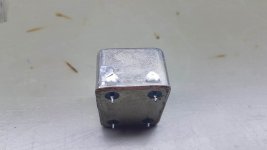
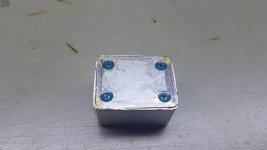
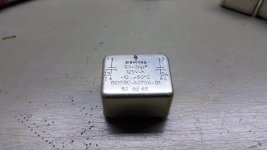
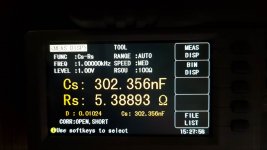
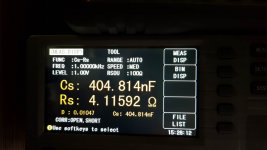
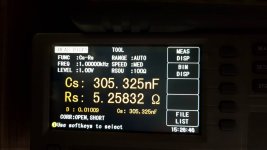
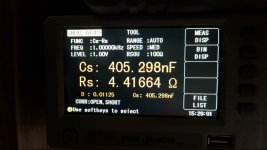
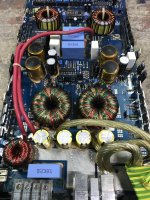

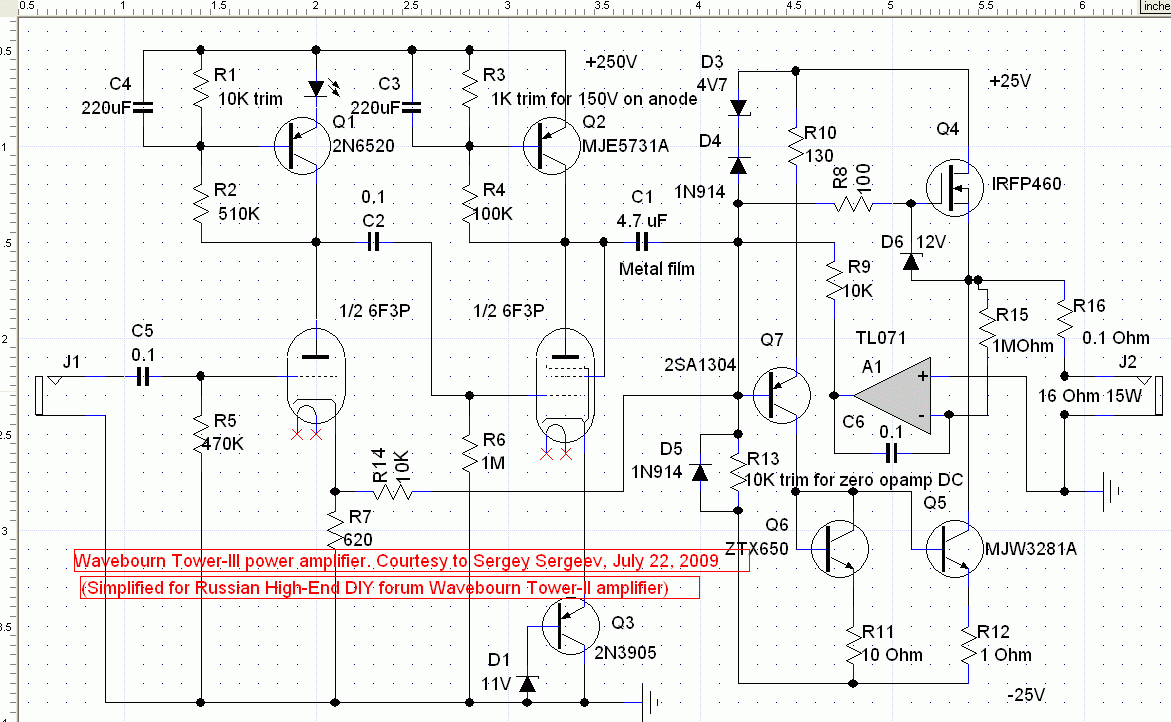
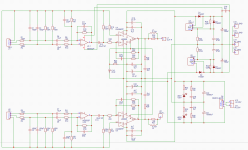


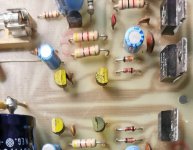
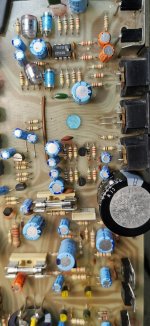

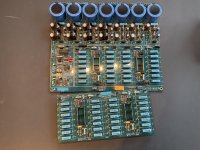
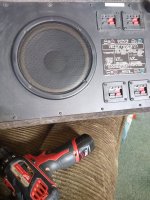
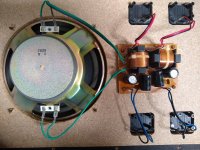
 - see MathCAD.
- see MathCAD. 
